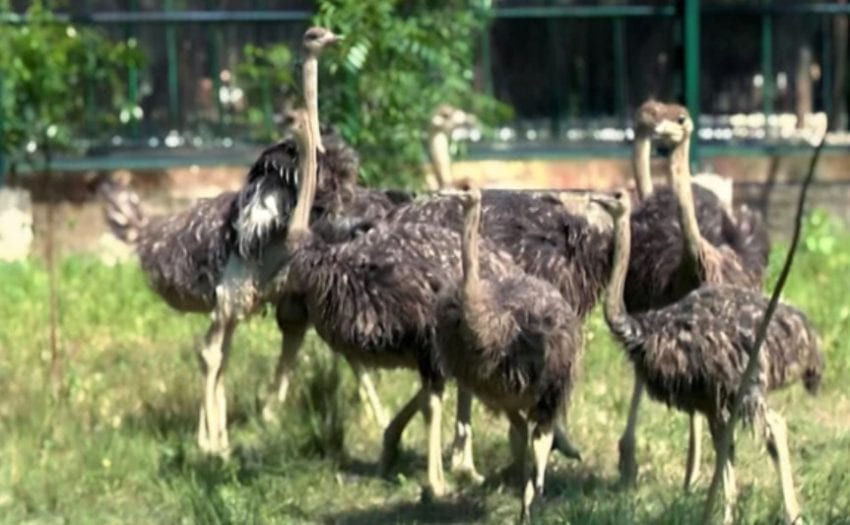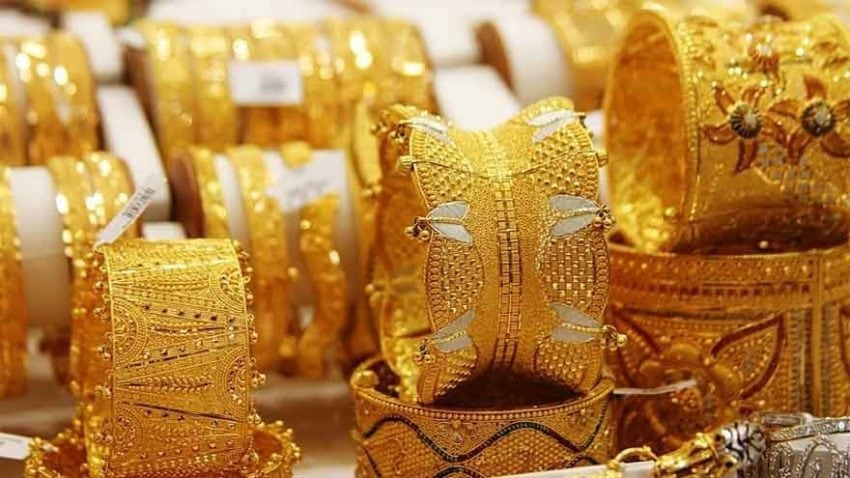LAHORE – For the first time, Lahore Safari Zoo has successfully begun artificial breeding of ostriches using modern incubators, producing 11 healthy chicks so far. This project is the first of its kind in any zoo in Punjab and has been hailed by wildlife experts as a significant scientific achievement.
In a special section of Safari Park, the newly hatched ostrich chicks have become the center of public attention. According to the management, these chicks are being given special care to ensure their healthy growth and survival.
Although ostriches are listed under the livestock category in Punjab, they are present in all provincial zoos. In the past, ostrich chicks were imported from countries such as South Africa, while local breeding was limited to a few private farms. Until now, no government institution in Pakistan had an ostrich breeding hatchery.
According to Punjab Wildlife’s Director of Veterinary Services, Dr. Muhammad Rizwan Khan, natural breeding in the wild proved less effective, as artificial incubation is more suitable for large-scale reproduction.
He explained, “In natural conditions, the female incubates the eggs during the day and the male at night, but in Safari Zoo, the process is scientifically controlled through incubators.”
Dr. Rizwan further noted that ordinary bird incubators are not suitable for ostrich eggs, as they have thicker shells and require lower humidity levels (20–25%). Excess humidity can cause fluid buildup inside the chicks, leading to death. Therefore, specially designed incubators with precise temperature and humidity control are being used.
According to Lahore Safari Zoo’s Veterinary Officer, Dr. Amna Fayyaz, the ostrich breeding season runs from March to August when temperatures are moderate and daylight hours are longer. During this time, the male’s beak and legs turn reddish, signaling breeding readiness. The female lays one egg every two to three days, producing 40–60 eggs per season, with incubation lasting 42–46 days.
Currently, Safari Zoo has 19 adult ostriches — 12 females and 7 males — along with 11 chicks. After hatching, the chicks are kept under special care with a balanced diet, vitamins, and rubber mats to strengthen their legs and prevent slipping or falling.
Experts believe ostrich breeding is environmentally sustainable, as these birds endure harsh climates, require less water, and offer economic value through their meat, leather, and feathers. They add that if Lahore Safari Zoo continues this initiative, Pakistan could become self-sufficient in ostrich breeding and even emerge as a model center for ostrich farming in South Asia.














